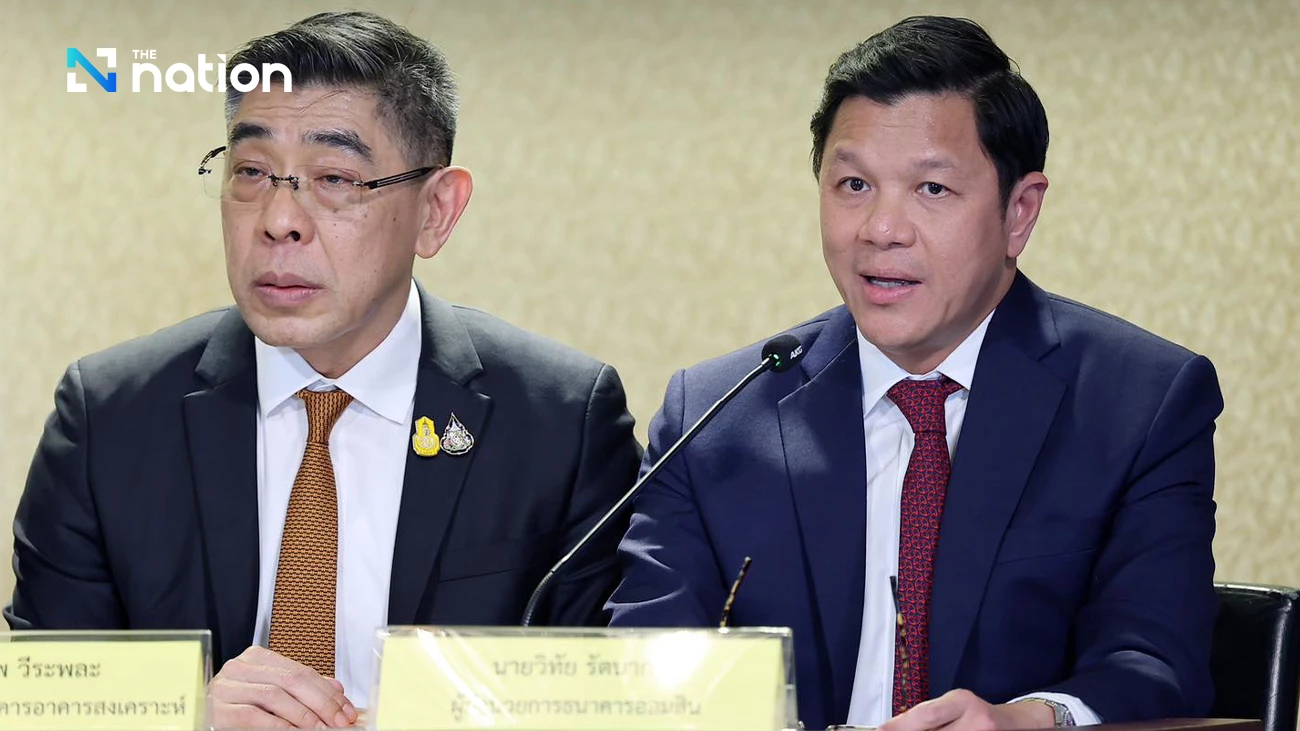CPF leads drive to restore forest areas

A LARGE, noisy drone flies overhead as 3,000 volunteers from agro giant Charoen Pokphand Foods (CPF) and other crop firms, members of the Royal Forestry Department, the armed forces and conservation agencies plant saplings in an effort to reforest 6,000 rai in Lop Buri province.
In one of the largest and most ambitious forest rescue attempts, CPF, forestry officials, the Thailand Greenhouse Gas Management Organisation and the Biodiversity-Based Economy Development Office came together to replant trees in the Lop Buri highlands overlooking the Pasak Dam.
The CPF Conserve Ecosystem Project is aimed at restoring watershed forest around the Pasak River basin at the Phraya Doen Thong Mountain, said Wuthichai Sithipreedanant, senior vice president for corporate social responsibility and sustainable development at the food agro conglomerate.
The five-year project, ending in 2021, has drawn thousands of volunteers.
For the recent new replanting phase, more than 500 CPF volunteers journeyed three hours from Bangkok to plant the saplings, a task that can only be done by hand.
The final 700 metres to the planting area had to be reached on foot as the terrain was too rugged for vehicles to negotiate.
This 21st century version of conservation used the drone to captured on video the scale and scope of the operation, as proof it took place and was not a public relations farce.
Flood threat
Army and forestry officials helped with the planting supervision and did much of the heavy lifting to revive the once richly covered mountains, now depleted of trees.
Volunteers could see the Pasak Dam 200 metres below, which was built to provide freshwater for irrigation, industries as well as human consumption. The dam and forests form a legacy of the late King Bhumibol Adulyadej’s effort to prevent chronic flooding in Bangkok and the central plain provinces.
The annual floods were caused when deforested areas increase the amount of water run off from rivers, causing severe destruction of crops and damage to residential areas downstream.
“The Pasak Dam has helped reduce a third of floodwaters from reaching the lowlands,” said a Lop Buri provincial official. “It is hoped that the reforestation here will further cut down the amount of water by using the terrain to soak in the water.
Volunteers also built some rock dam structures to slow the flow from streams running down the mountains.
“These temporary dams can help retain water in the highlands, preventing a rapid outflow that would otherwise occur,” said another forestry official as he directed volunteers to carry large rocks to shore up the dam walls.
Wuthichai said CPF supports the government policy on forest conservation.
“We are also being true to CPF belief in environmental protection. We want to rebalance nature in the most positive way.”
The company has been reviving mangrove forest in five major provinces under the “Grow- Share - Protect Mangrove Forest” project.
It has also increased green zones around its facilities with its Conserve Ecosystem Project areas.
Wuthichai said the Lop Buri endeavour also plays a part in making the area a learning centre to honour HRH Princess Maha Chakri Sirindhorn for her 60th birthday.
Pralong Damrongthai, deputy director-general of the Forestry Department, said the government sought to engage all stakeholders in forest-resource management.
Pasak River originates in the Phetchabun Mountains in Dan Sai district of Loei province. It joins the Chao Phraya River at Ayutthaya.





